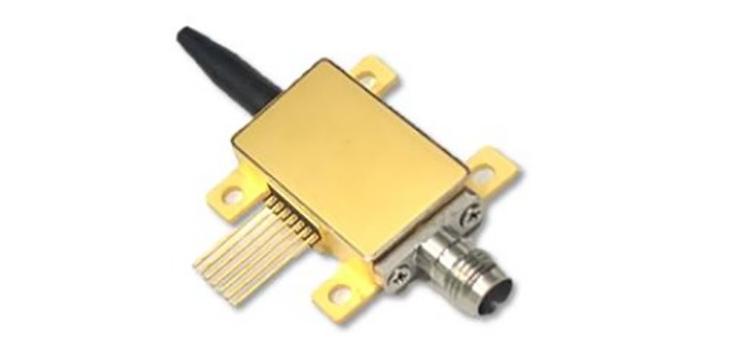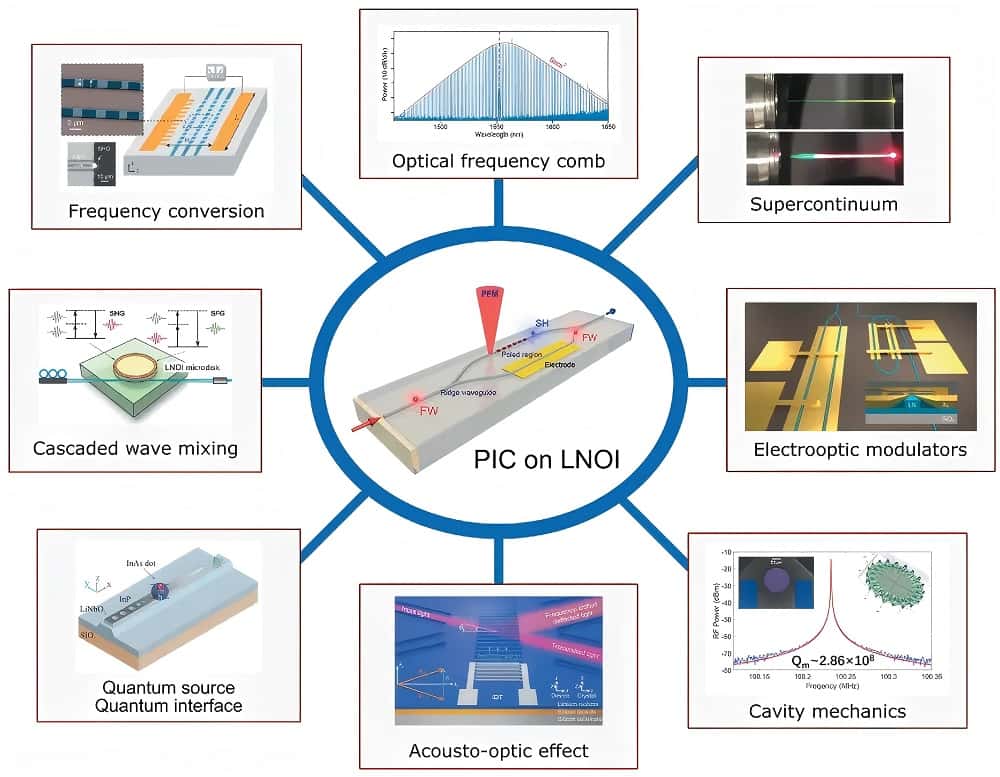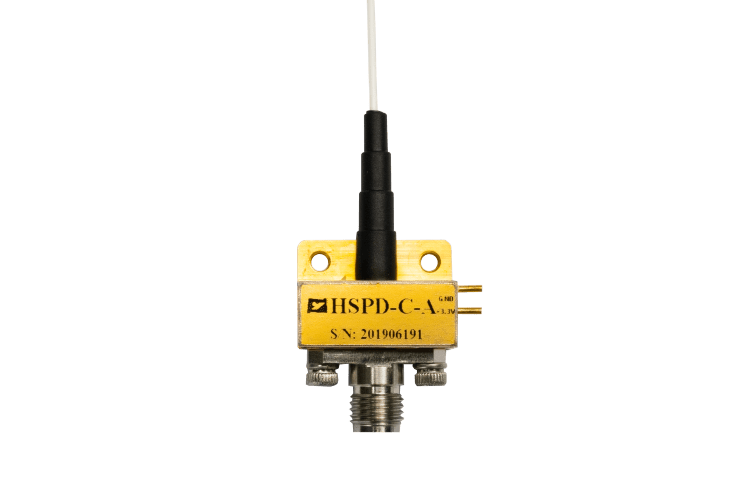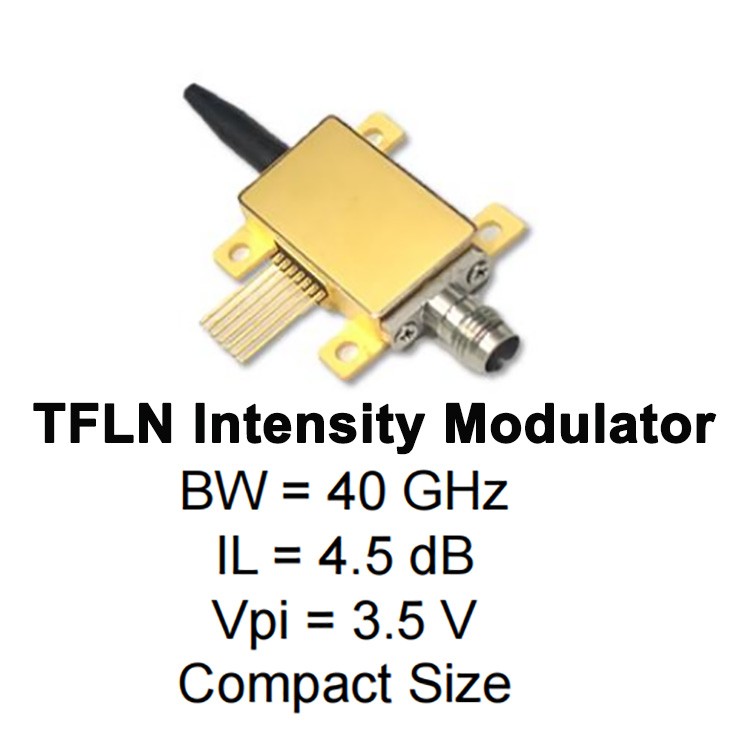TFLN modulator: A Key Breakthrough in the Integration of Photonics and Optoelectronics
With global data traffic exploding and traditional electronic chips hitting that so-called “Moore’s Law wall,” integrated photonics has basically become the go-to solution for tackling bandwidth and power issues. In this tech shift, thin-film lithium niobate (TFLN) modulators are really standing out—thanks to their game-changing performance, they’re seen as a major breakthrough for high-performance, high-density photonic-electronic integration. TFLN basically brings together the speed of light and the brains of electronics, completely reshaping how future communication and computing systems will work.

Technical Principles and Core Advantages of TFLN Modulators
Lithium Niobate (LN) is a classic electro-optic material long used to manufacture optical modulators. However, traditional LN crystal devices are bulky, require high drive voltage (high Vπ), and are difficult to integrate on a large scale.
TFLN technology uses some pretty advanced methods, like wafer bonding, to transfer super-thin Lithium Niobate films onto an insulating base. This basically changes the whole structure around. With this setup, the optical waveguide and the drive electrodes can get really close to each other, which boosts the electro-optic effect a lot.
This innovative structure endows the TFLN Modulator with four core advantages:
- Ultra-High Bandwidth: Easily surpasses 100 GHz modulation bandwidth, far exceeding traditional silicon modulators, making it an ideal choice for next-generation communication, such as 6G.
- High Integration Density: Reduced device size and CMOS compatibility facilitate large-scale photo-electronic integration.
- Low Power Consumption/Low Drive Voltage (Vπ): The extremely low drive voltage means reduced system energy consumption and simpler electronic driving.
- High Linearity: Excellent linearity helps improve signal quality, crucial for reducing distortion in long-haul coherent optical communication.
TFLN: The Key Platform Driving Photo-Electronic Convergence
Achieving true performance leaps requires Photo-Electronic Convergence, where high-performance optical signal processing (modulation, demodulation) and high-density electronic signal processing (driving, control) work synergistically on the same platform. TFLN plays an irreplaceable role in this process.
While Silicon Photonics (SiPh) boasts advantages in low cost and ultra-high integration density, its inherent limitations in electro-optic efficiency and a weak electro-optic effect make it difficult to compete with TFLN in the ultra-high-frequency modulation domain. Therefore, the industry trend is moving towards a Heterogeneous Integration strategy:
- TFLN is responsible for high-performance, ultra-high-speed active optical modulation, while the SiPh platform integrates large-scale passive optical circuits and electronic control circuits.
This powerful collaboration not only maximizes the advantages of each material but also effectively reduces cost and power consumption. It provides the high-speed “optical engine” for future optical computing accelerators, enabling processing speeds beyond the capabilities of traditional electronic chips.

Application Prospects of TFLN Modulators
The superior performance of TFLN modulators gives them broad application potential across several frontier fields:
- Next-generation (6G) communications: Thin-film lithium niobate (TFLN), is a key piece of the tech puzzle in Asia-Pacific frequency band systems—it’s what helps make super-fast, low-delay connections possible, which is exactly what 6G needs.
- Data center interconnects: TFLN is helping push optical interconnects to be faster, smaller, and more power-efficient. Think 800G and even 1.6T modules—this stuff is where things are headed.
- Advanced sensing and radar applications: Thanks to its top-notch modulation performance, TFLN is being used in cool applications like coherent radar, optical phased arrays (OPAs), and high-end fiber-optic sensors. It’s basically laying the groundwork for Integrated Sensing and Communication (ISAC), which is kind of a big deal.
Conclusion and Outlook
The TFLN modulator represents a monumental step forward in integrated photonics. It not only overcomes the integration challenges of traditional Lithium Niobate but, with its ultra-high bandwidth and low power consumption, provides the high-performance “optical engine” for photo-electronic convergence.
While the cost and yield of TFLN wafer large-scale production remain commercialization challenges, the continuous demand for high-performance optical devices will drive further technological advancement. Future research will focus on developing integrated light sources (lasers) and detectors on the TFLN platform, ultimately achieving true monolithic photo-electronic integration and leading information technology into a new photonic age.







.jpg)
